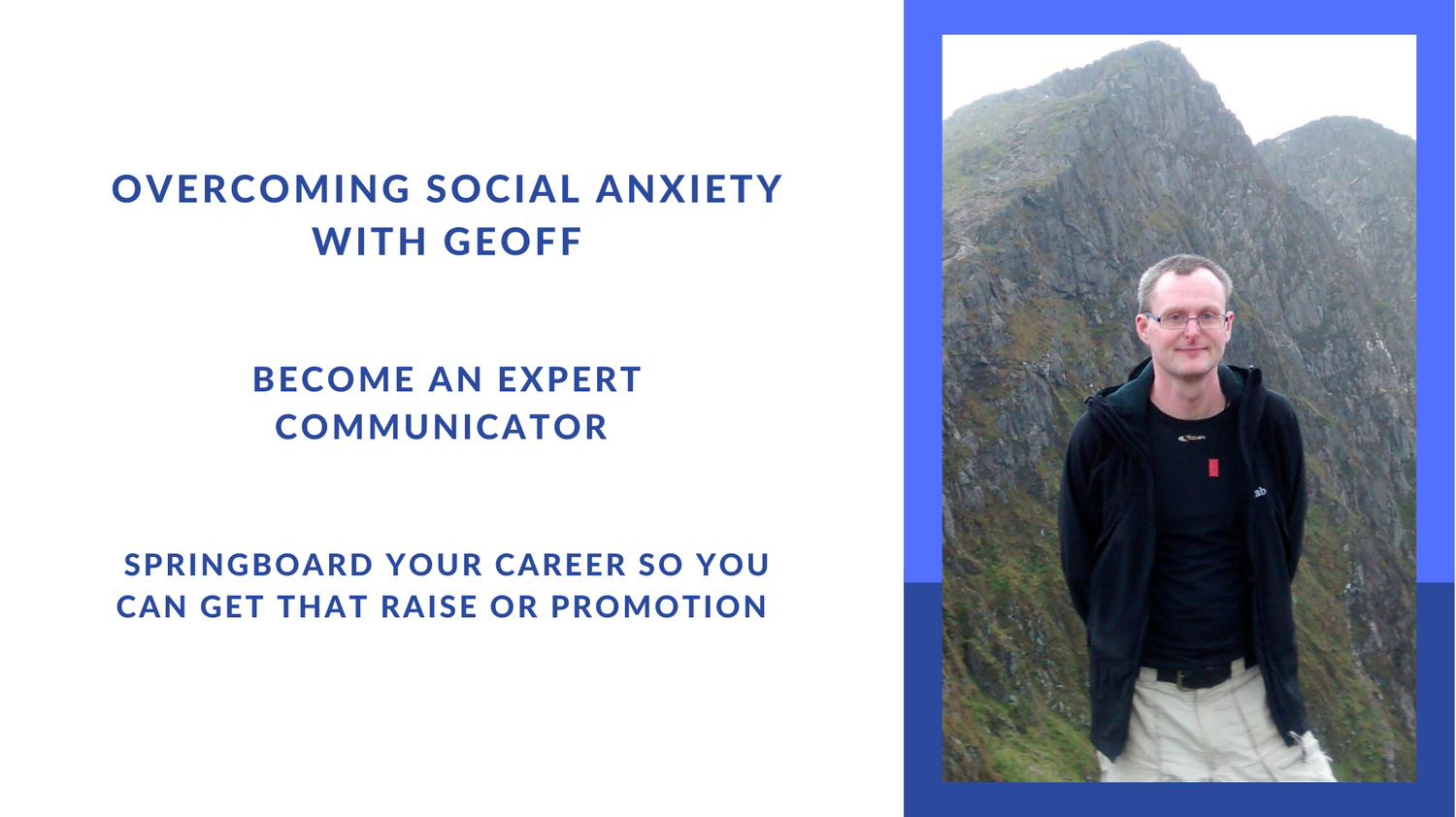Marks from cupping
You may have seen pictures of athletes at the 2016 Rio Olympics with large red circles on their backs or arms. These red or sometimes purple bruises are signs that show that these athletes have benefited from cupping therapy. Examples include the Chinese Swimming team, the swimmer Michael Phelps (winner of 19 Gold Medals) and gymnasts Alex Naddour and Chris Brooks. Keenan Robinson, Phelps’ longtime strength-and-conditioning coach, says he first introduced him to cupping in 2014, having seen that Chinese Swimmers were using cupping as a recovery method. In 2015, Phelps increased the number of his workouts and their intensity in order to prepare for Rio. For him finding a rapid way of recovering and relaxing his muscles was a high priority.
"That’s been the secret that I have had through this year that keeps me healthy," Naddour told USA Today about the therapy. "It's been better than any money I’ve spent on anything else. Our bodies are going to hurt after doing this for so long,” said Naddour. “It’s the best thing that I’ve ever had. “It has saved me from a lot of pain.” Fellow gymnast Chris Brookshas needed multiple surgeries on his forearm, shoulder, thumb, hand and ankles due to the wear and tear on his body. For him, cupping is one of many therapies he relies on at the Olympic Training Center, in Colorado Springs.
Athletes report that they are using it to ease aches and pains, and to help with recovery from the physical toil of constant training and competing. Cupping is an ancient Chinese Therapy practiced by acupuncturists and is a therapy I offer at the Hale Clinic.
Suction Cupping
What is cupping?
Bamboo, glass, plastic or earthen cups can be used for cupping. Glass cups are used in Fire Cupping where a partial vacuum is created by a flame in the cups. The cups are put on the body where they can loosen and relax muscle and improve blood flow to the area. Suction cupping is similar but instead of using a flame a pump is used to evacuate some of the air from the plastic cups. Cupping is not painful, and the red marks left on the skin are caused by blood being drawn to the surface and small capillaries rupturing. In terms of Chinese Medicine cupping is used to move Qi and Blood in the Channels and to expel Pathogenic Factors. Moving Qi and Blood can be thought of improving blood circulation. Expelling Pathogenic Factors is another way of describing fighting infection. Diseases have entered the body and so it is beneficial to bring them to the surface and expel them from the body. Cupping is also used to treat other conditions such as herpes, headache, sciatica, asthma and acute and chronic back pain.
Evidence for Cupping
A review of the evidence for cupping (by Huijuan Cao et al) was published in the BMC Complementary and Alternative Medicine journal in 2010. Most of the clinical trials showed positive results on therapeutic effect of cupping therapy but further evidence was required to show clinical significance for particular diseases. A review of cupping trials (Huijaun Cao et al, 2012) "showed that cupping has potential effect in the treatment of herpes zoster, acne, facial paralysis, and cervical spondylosis." Again further trials are required but there is the issue of blinding, "which continues to be a challenge for studies involving manual healing therapies, such as acupuncture, massage, and cupping therapy."
References
http://www.usatoday.com/story/sports/olympics/rio-2016/2016/08/06/usa-mens-gymnastics-cupping-game-ready-jake-dalton-sam-mikaluk/88336190/
Huijaun Cao et al, 2012, http://www.ncbi.nlm.nih.gov/pmc/articles/PMC3289625/
http://bmccomplementalternmed.biomedcentral.com/articles/10.1186/1472-6882-10-70
http://time.com/4443581/michael-phelps-cupping-olympics/



